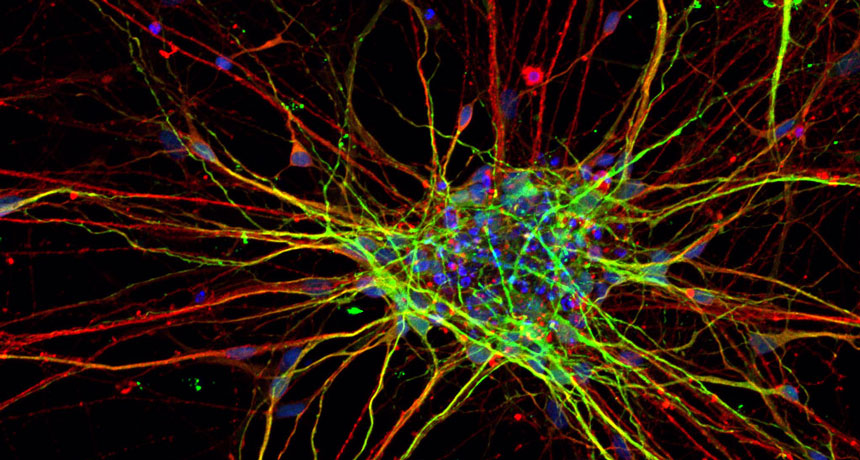Nerve cells from people with autism grow unusually big and fast
Abnormal growth patterns might set the brain on a course to develop the disorder

SWIFT AND SURE Nerve cells from people with autism that were grown in lab dishes grew larger and developed more quickly than nerve cells from people without the disorder (one shown).
Salk Institute






